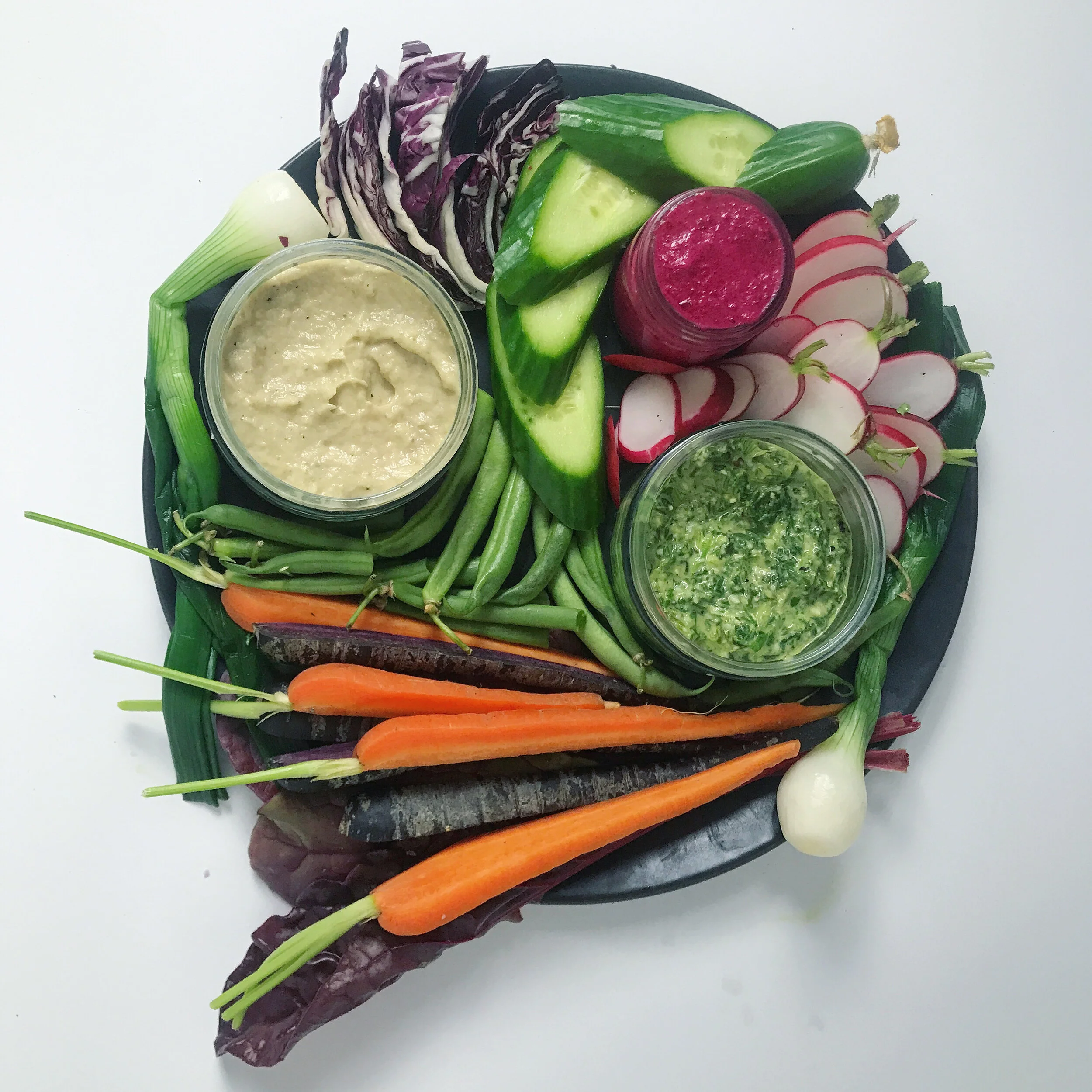Phood’s Waste Tracking System Helps Food Businesses Reduce Waste and Costs
An Interview with Luc Dang, CEO of Phood
With each handful of blackening cilantro or near-empty container of milk I throw out, I feel a little guiltier. I feel it’s a failure on my part to plan my cooking and purchase effectively. It’s a waste of my money and time, and the immense resources it takes to get that to my produce drawer. I don’t always reflect on the causes and ramifications of my waste, but I always wish I had bought smarter and planned better.
Those challenges and failures compound when we think about a food service business buying in quantities many, many times greater than what we bring home. Every year, $218 billion is wasted on food in the U.S. alone. That is 1.3% of the United States’ GDP, 1,250 calories per person each day, and more crop land than the entire state of New Mexico, depending on how you look at it. Food businesses toss tons of food due to bruises, spills, improper temperatures, and misalignment between purchasing and consumer demand, adding up to 400 calories (kcal) per American every day.
A generation of startups is working to address this waste, targeting pieces of a complex web of consumer expectations, supply chain stability, and smart business decisions. Many are consumer-facing and more familiar, like Imperfect Foods delivering boxes of slightly-too-large zucchini or lumpy carrots. While diverting food waste via secondary marketplaces or donations is important work, we also need more innovation and leadership further up the waste stream, helping food businesses understand their waste patterns and make specific changes to their purchases and processes.To learn more about activity in this space, I spoke with Luc Dang, CEO and founder of Phood. Phood teams up with consumer-facing food businesses (grocery retail, hospitality, restaurants, etc.) to identify and address problems in their waste stream employing “artificial intelligence and computer vision to tell you what’s being wasted, and data analytics to tell you why.”
Phood chose to focus on this aspect of the food waste stream by following the EPA Food Recovery Hierarchy, an inverted pyramid which visualizes that feeding food to animals is better than composting, and composting is better than a landfill. But source reduction reigns as the ‘most preferred’ layer of the hierarchy, with diversion just below. Phood’s technology works well within a waste-aware food business, with minimal changes to workflows ensuring staff are capable of other efforts, like diversion.
In the kitchen, Phood’s technology captures “everything that’s composted, disposed, overproduced, expired, or spoiled in a contactless way with virtually zero training, and then data analytics aggregate all of that to paint a bigger picture about your business operations.” Their flagship product, PhoodX, consists of a three-part device that combines camera, scale, and tablet to collect data and connect it to their software platform.
The software’s connections are a vital ingredient for Phood’s impact, especially in larger food businesses where buyers have less direct visibility into the day-to-day of the kitchen. Phood funnels waste data directly into menu management and point-of-sale systems, enabling customers to know “exactly who supplied what waste and how much that’s costing. From there, our insights suggest plausible changes, whether that’s to address how much food is being purchased, produced, or even served,” said Dang.
Results become clear soon after implementation and compound tremendously with time. Phood’s customers report waste reductions of 50% and savings up to 10% on annual food costs. For food businesses who typically get by under a 3% margin (and an average 15% food markup, where other retail businesses often aim for 50%), the cost savings alone come as a dramatic improvement.
American consumers are also growing in their willingness to make buying decisions based on the environmental performance of a business, demonstrated by sustained YoY organic sales growth over 5%. Unfortunately, they’re often led astray by greenwashed marketing or invisible bad practices, but the success of companies like Imperfect Foods and voter-backed referendums on plastic bags show where expectations are headed. Dang argues that Phood is “not just good for your pocket and our planet, but also for a company’s CSR (corporate social responsibility).” Food business marketers need to start showing the public how they’re tackling one of the biggest contributors to climate change, and high-impact technology like Phood can help them do that honestly.
Research and trends tell us that consumers are increasingly sick of homogeneity and excess, eager to trade orderly piles of year-round bell peppers from Peru and shapely but characterless tomatoes for the contours and imperfections of a lower-waste, lower-footprint food culture. The food businesses investing in that demand now will be rewarded for their leadership, and Phood is helping them get there.



